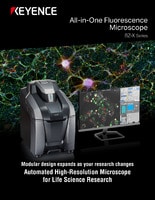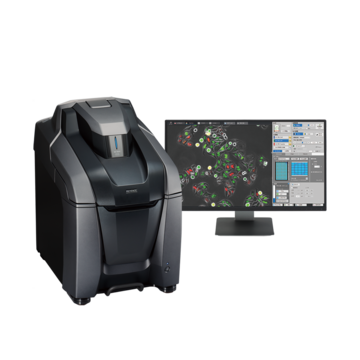Fluorescence Microscopes
Quantifying Lactic Acid Bacteria
-
Tags:
- Microbiology , Food
High-accuracy quantification across various specimens
Under growing interest in the functional food field, lactic acid bacteria are attracting attention as a raw material for the production of food.
Lactic acid bacteria cannot simply be mixed in food products but must be mixed in a specific way to retain their functionality.
Therefore, it is necessary to grasp, for example, how many bacteria live (or die) in which production processes and how many bacteria exist in products.
Because bacteria are as small as 1 µm, it is difficult to not only observe them with a microscope but also to capture their images in focus.
As a result, bacteria are often counted visually, which leads to problems such as operator eyestrain, time-consuming work, and the inability to keep records.
Counting in seconds

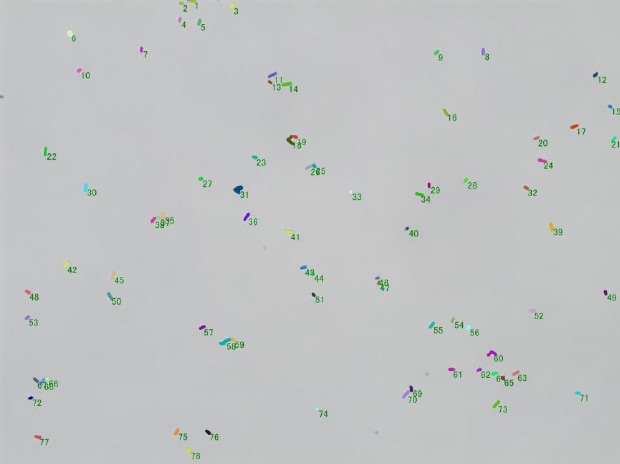
78
Batch processing under the same conditions
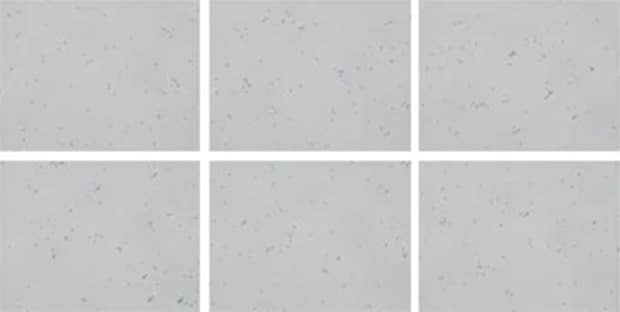
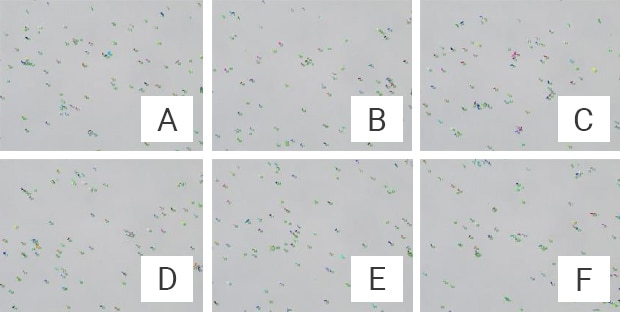
A: 87 B: 95 C: 84 D: 100 E: 88 F: 93
Using the All-in-One Fluorescence Microscope BZ-X800
- Bacteria as small as 1 µm can be observed and captured very easily with high resolution.
- The combination of “automatic count” and “macro processing of multiple images” enables instantaneous quantification of a large number of images without human error.
- Retrospective reviews are also possible because the results can be kept as records.

